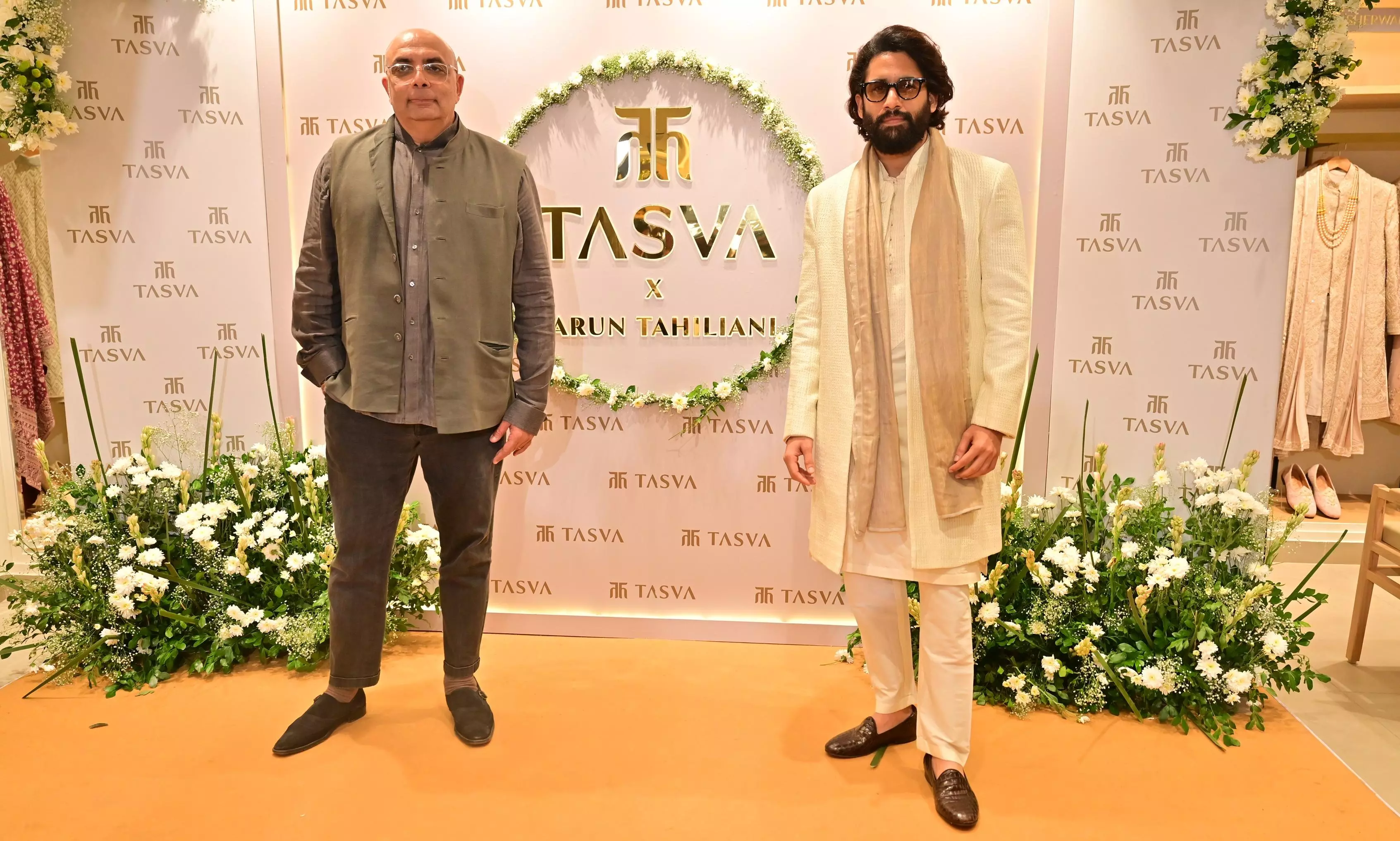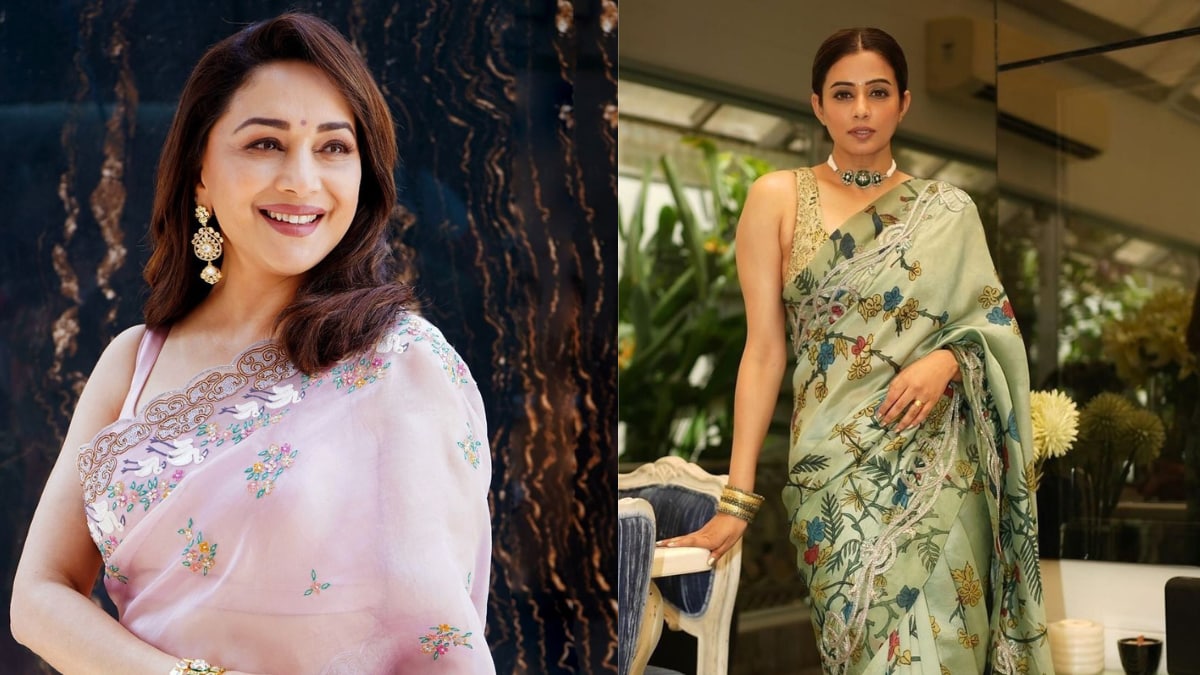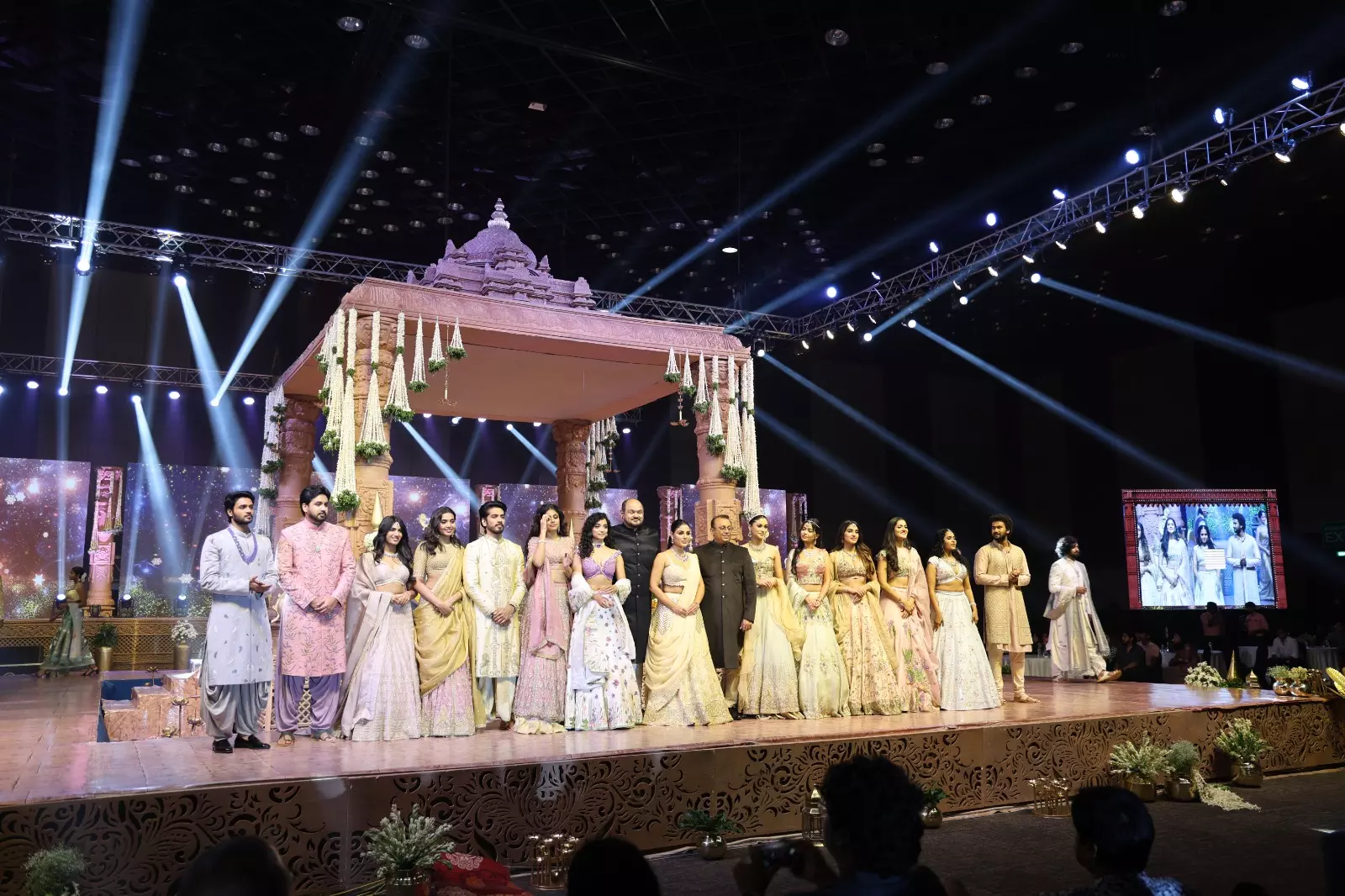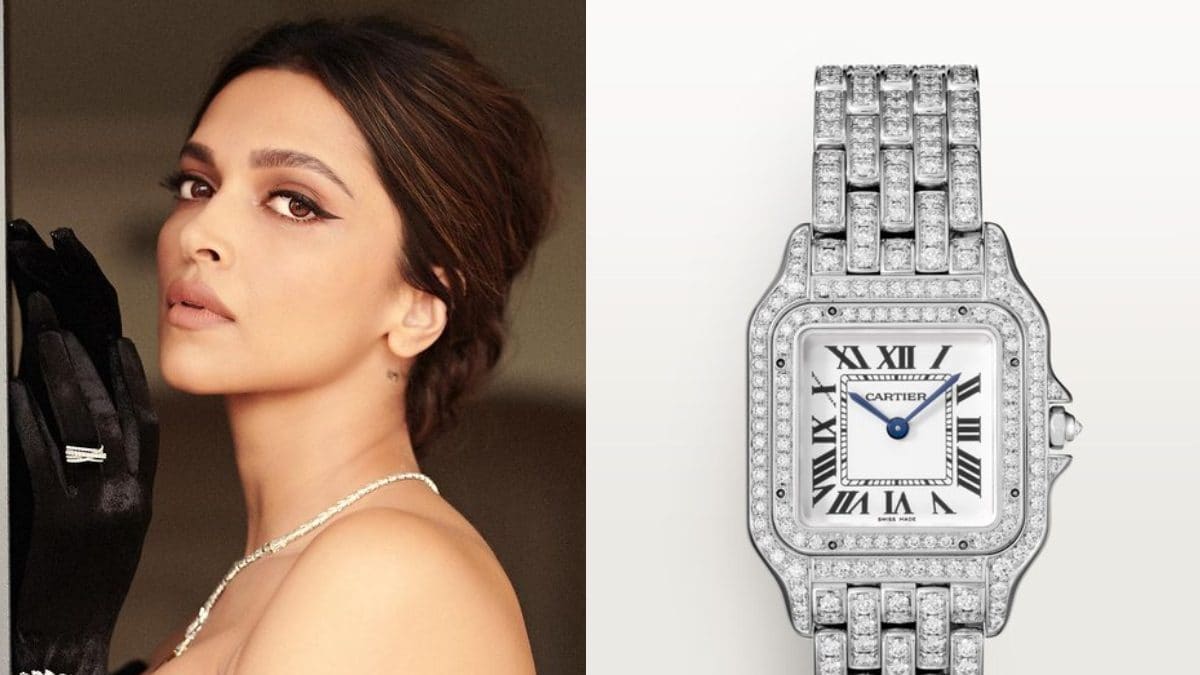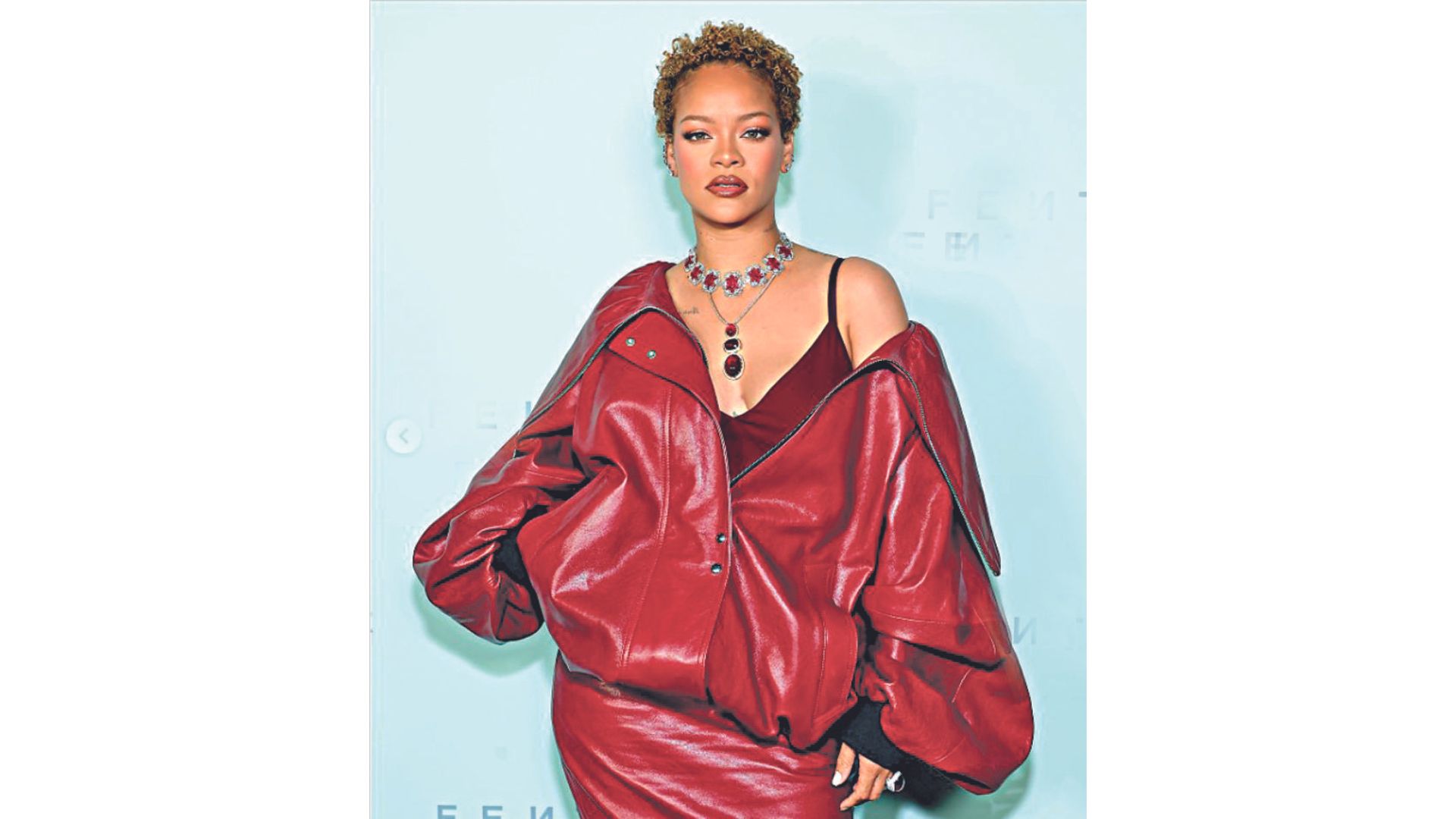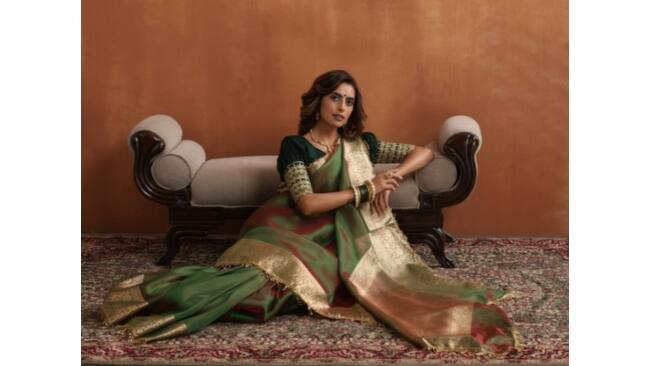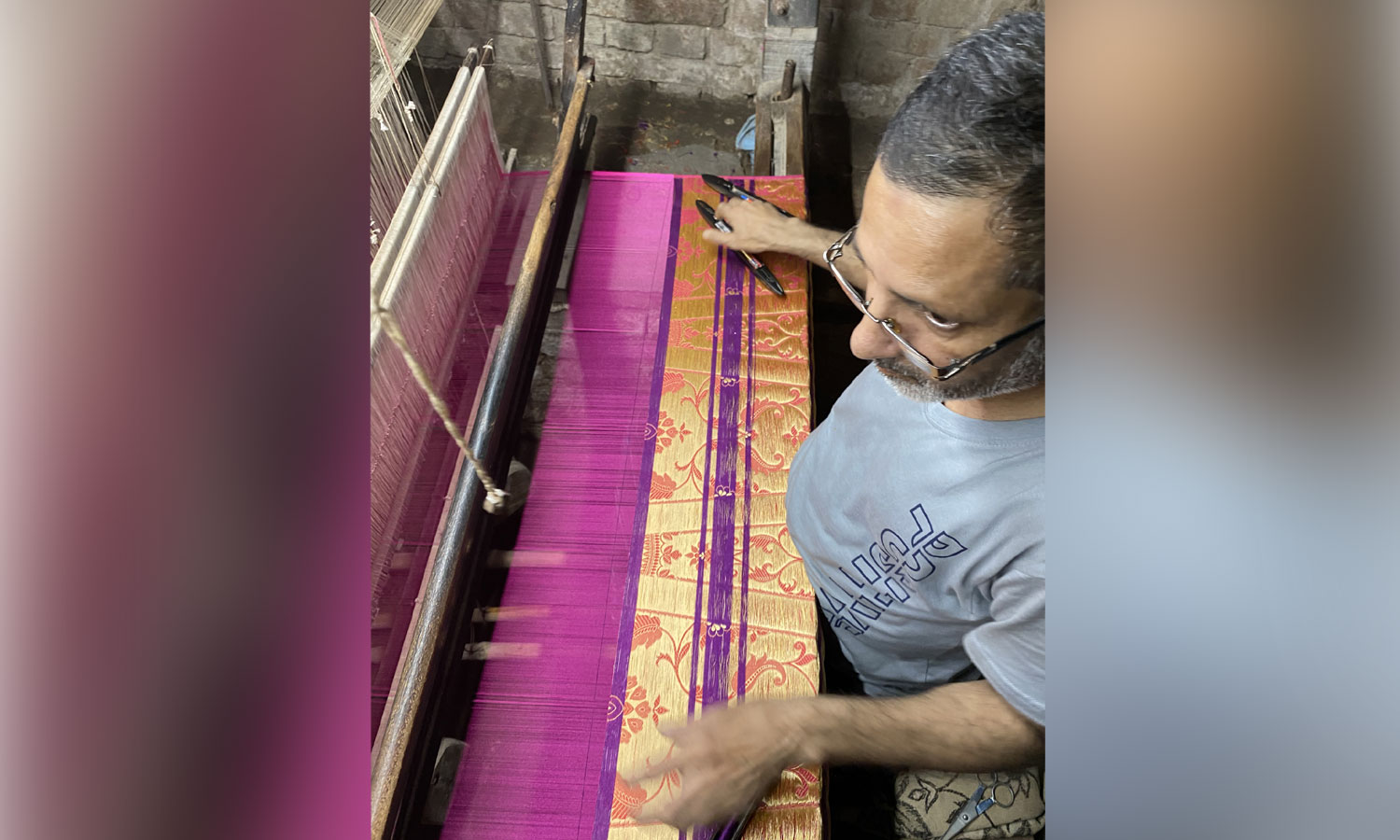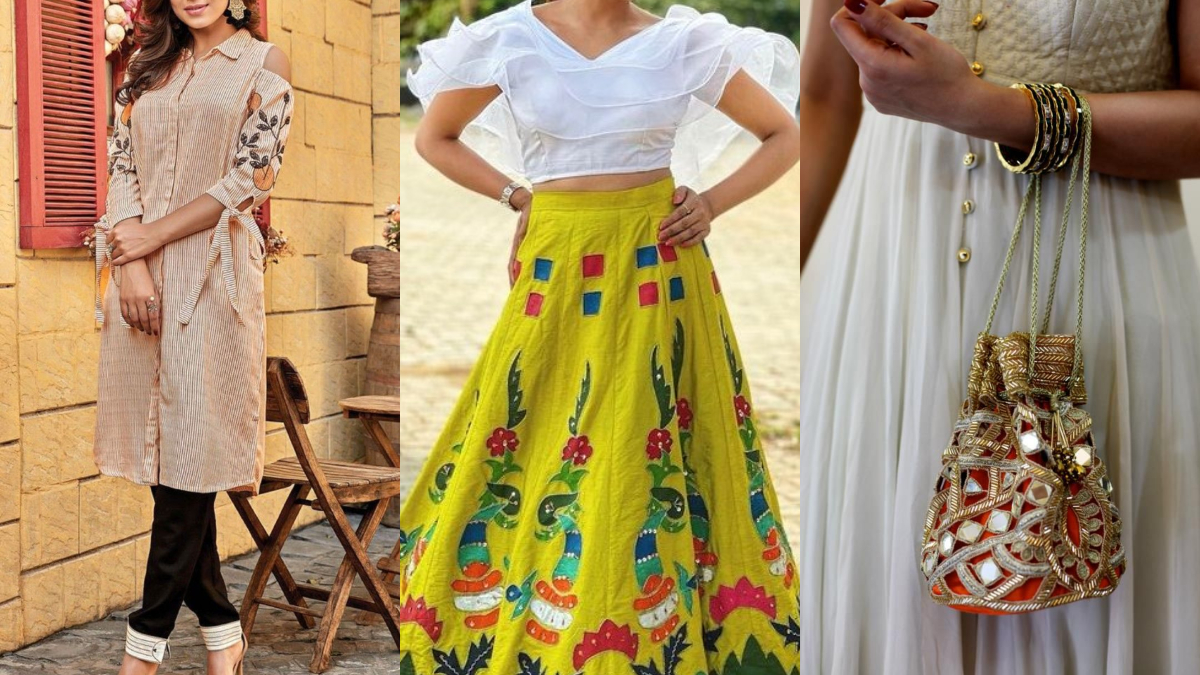
Labels celebrate India but ‘karigars’ remain faceless
Live MintNow that all the memes and look-who-I-met selfies at the recent Dior show in Mumbai have stopped cluttering social media feeds, let’s look at that one person without whom this “historic moment” wouldn’t have been possible: the karigar. From the moment an Indian model opened the luxury brand’s fall 2023 col-lection showcase on 30 March, walking the cobbled path of Gateway of India in a black silk lungi dress and matching chappals, it was clear what Dior was going to serve: The work of the Indian craftsperson, who spends 8-10 hours a day for months with his fingers dancing between threads, beads and stones, to help create one outfit that may dazzle the world. “It’s time we talked more openly about the hands behind the creations, the hands behind fashion,” Chiuri had said at a press conference at Mumbai’s Taj Mahal Colaba a day before the show. “It’s a little difficult to give face to 1,000 artisans who have worked on a garment but it’s definitely possible to give them fair pay.” Collaborations like the Dior one, Mishra says, remind the world that “fashion designing is a community exercise and you can’t move forward till everyone moves along with each other”. Over the past few months, whenever I have met an artisan, be it a zari worker or a chikan karigar, and asked why they continue to work in a profession where they don’t get their due, I have been getting two responses: “We don’t know anything else,” and, like Sayyed said, “It makes me proud of my legacy.”
Discover Related












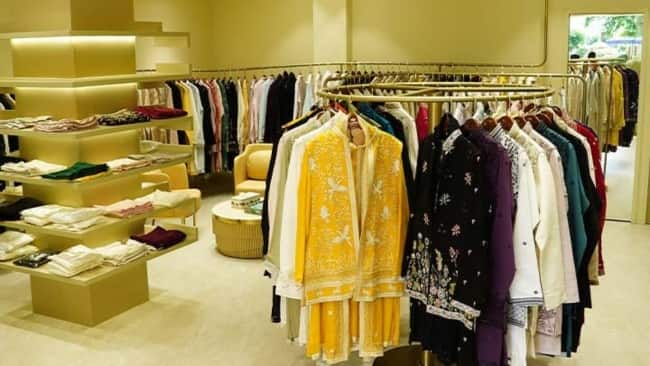
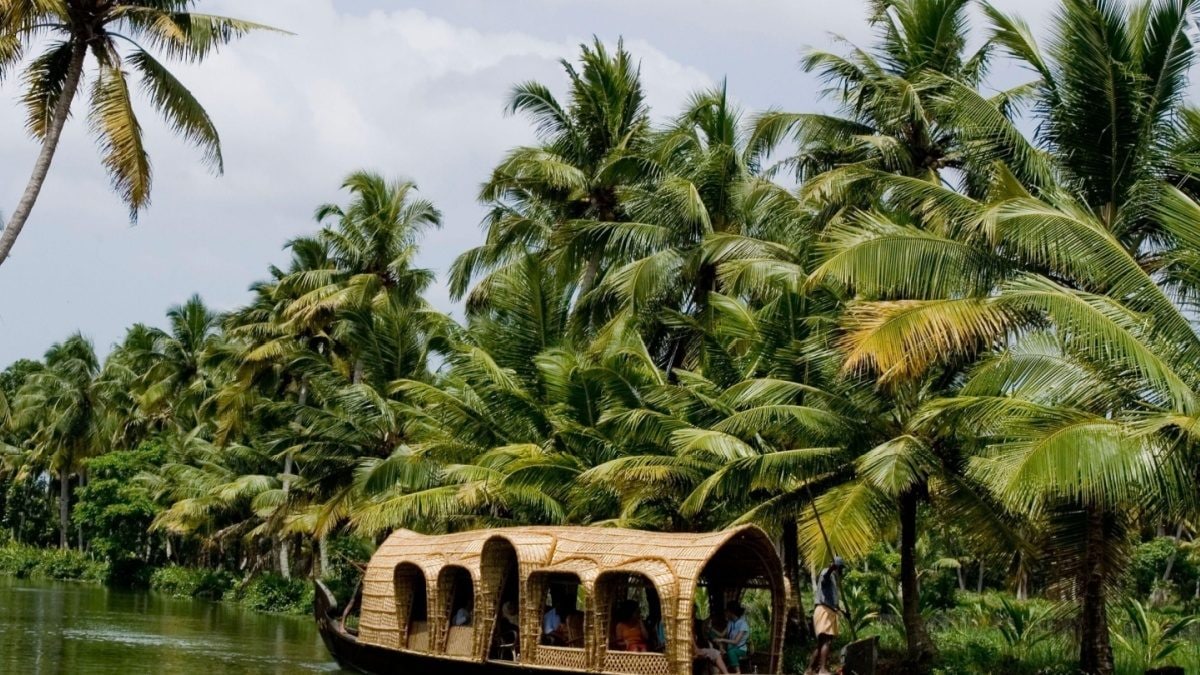

)




